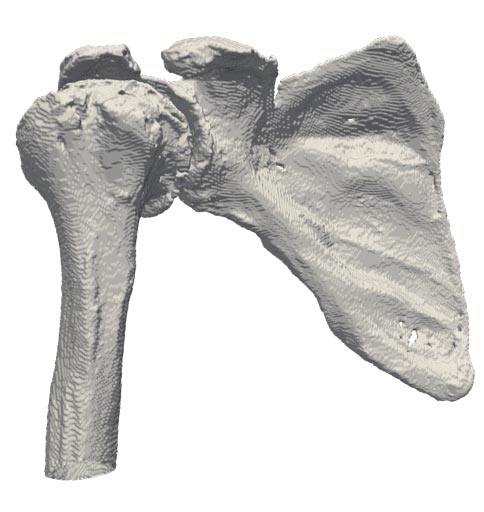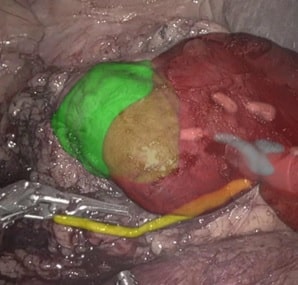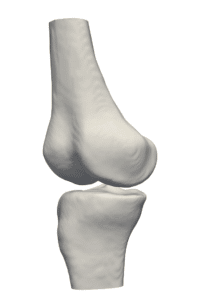RSIP Vision Launches a Breakthrough AI-Based Shoulder Replacement Solution, Dramatically Improving Clinical Outcome and Shortening Recovery Time.
New Technology integrated in medical vendors’ platforms, allows Precise Automated 3D Shoulder Structuring, resulting in Better Plan Surgery and improved clinical outcome.
SILICON VALLEY, Calif., Jan 28, 2020 — RSIP Vision, a global leader in artificial intelligence (AI) and computer vision technology, announced today a new innovative AI-based Shoulder Replacement Solution that will be integrated into leading vendors’ Surgery Planning Platforms, improving physicians’ workflow, while automatically receiving a precise 3D anatomical model of the patient shoulder, enabling navigation through various tissues which are found in the proximity of the problematic area and better planning of the complex surgery, while saving time and dramatically increasing the surgical outcome.
Impact of Shoulder Replacement Surgery
Shoulder replacement surgery is a common procedure in which a damaged part, within the shoulder, is removed and replaced by a custom prosthesis. Today, about 53,000 people in the U.S. have shoulder replacement surgery each year, according to the US Agency for Healthcare Research and Quality.
The shoulder joint is considered to be the most sensitive diarthrosis joint and has a very complex structure. it’s made of a socket of the glenoid cavity around the head of the humerus and stabilized by a group of ligaments and muscles, with nerves and blood vessels running in high percentage of them.
During the surgery, the physician needs to reach the head of the humerus, avoiding the many potential obstacles in his way and only than he can remove the head of the humerus and damaged cartilage, and replace it with a new synthetic, matching shoulder joint. The main challenge is driven from the difficulty to perform a complete examination before and during surgery as those structures are found almost everywhere in the joint. Thus, this requires a precise pre-planning stage that today is done manually, it depends on the physician’s experience and know-how and takes a relatively long time to perform.
The new AI-based solution will be embedded in existing pre planning solutions and automatically provide the physicians all necessary understanding of the individual patient anatomy, dramatically improving the surgery planning and outcome, decreasing the risk of complications, such as nerve damage, disposition of the ball inside its socket or limited movement of the joint due to loosen connection of one of the supporting structures.
“Shoulder Replacement Surgery, is a common surgery, performed on a regular basis in our medical center. Due to the anatomical complexity of the shoulder and its surrounding structures, a successful clinical outcome depends on planning the procedure, understanding the patient’s unique anatomy and selecting the right implant. This is both time consuming and complex and yet, crucial for the success of the operation. This new technology will allow us to better map the location of each anatomical structure in the patient’s shoulder and to better understand which tissue we will encounter while getting to it, thus resulting in a smother, quicker operation and an improved clinical outcome” says Dr. Rabeeh Fares, Radiologist; Department of Diagnostic Radiology, Sourasky Medical Center, Tel Aviv.







